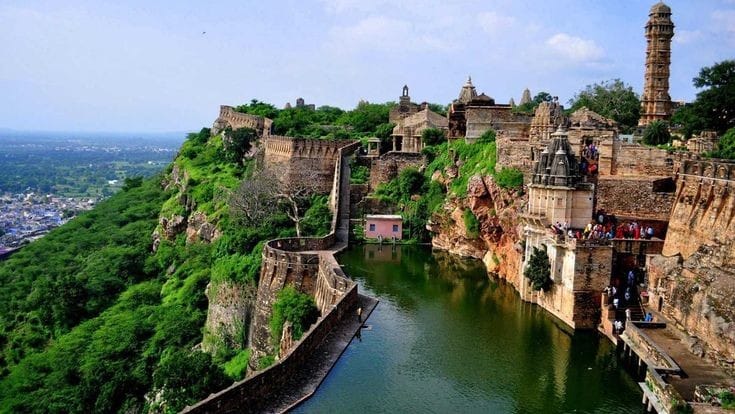India is a land of diverse cultures, traditions, arts, and architecture, and cultural tourism is one of the most popular forms of tourism in the country. From the magnificent Taj Mahal to the intricately carved temples of South India, India’s cultural heritage is rich and diverse, attracting tourists from all over the world.
One of the most popular destinations for cultural tourism in India is the Golden Triangle, which includes the cities of Delhi, Agra, and Jaipur. Delhi, the capital city, is home to numerous historical sites, including the Red Fort, Qutub Minar, and Humayun’s Tomb. Agra, the city of the Taj Mahal, is one of the most visited cities in India, attracting millions of tourists every year. Jaipur, the Pink City, is famous for its palaces, forts, and colorful bazaars.
Apart from the Golden Triangle, there are several other destinations in India that are famous for their cultural heritage. South India is home to several UNESCO World Heritage sites, including the Brihadeeswara Temple in Thanjavur, the Group of Monuments in Hampi, and the Great Living Chola Temples. These temples are known for their intricate carvings, towering gopurams, and unique architectural styles.
India is also home to several ancient cities, including Varanasi, the oldest city in India, and Haridwar, which is known for its holy Ganges river. These cities are known for their spiritual significance and attract millions of pilgrims every year. Other cities such as Kolkata, Mumbai, and Chennai have a rich cultural heritage, and are known for their arts, music, and literature.
Cultural tourism in India is not limited to historical sites and monuments. India is also famous for its diverse festivals, which offer a glimpse into the country’s rich cultural heritage. The Kumbh Mela, the largest religious gathering in the world, is held every 12 years in different cities across India. Other famous festivals include Holi, the festival of colors, Diwali, the festival of lights, and Durga Puja, which is celebrated in Kolkata.
Apart from festivals, India is also known for its diverse handicrafts, which are a testament to the country’s rich cultural heritage. From the intricate embroidery of Lucknow to the pottery of Rajasthan, each region of India has its unique handicrafts, which are famous all over the world.
In recent years, the Indian government has taken several steps to promote cultural tourism in the country. The government has launched several initiatives, including the Swadesh Darshan Scheme and the PRASAD Scheme, which aim to develop tourism infrastructure in different parts of the country. The government has also launched the Incredible India website, which provides information about different destinations in India and promotes tourism in the country.
In conclusion, cultural tourism in India offers a glimpse into the country’s rich cultural heritage, which is diverse and vibrant. From historical sites and monuments to festivals and handicrafts, India’s cultural heritage is a testament to the country’s rich history and traditions. With the government’s initiatives to promote cultural tourism in the country, India is set to become a popular destination for tourists from all over the world.










